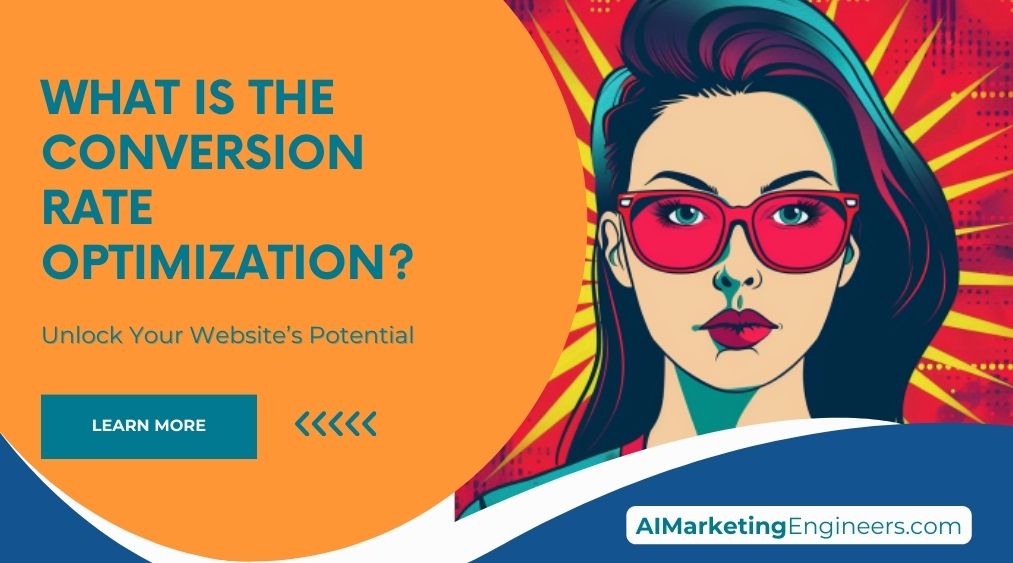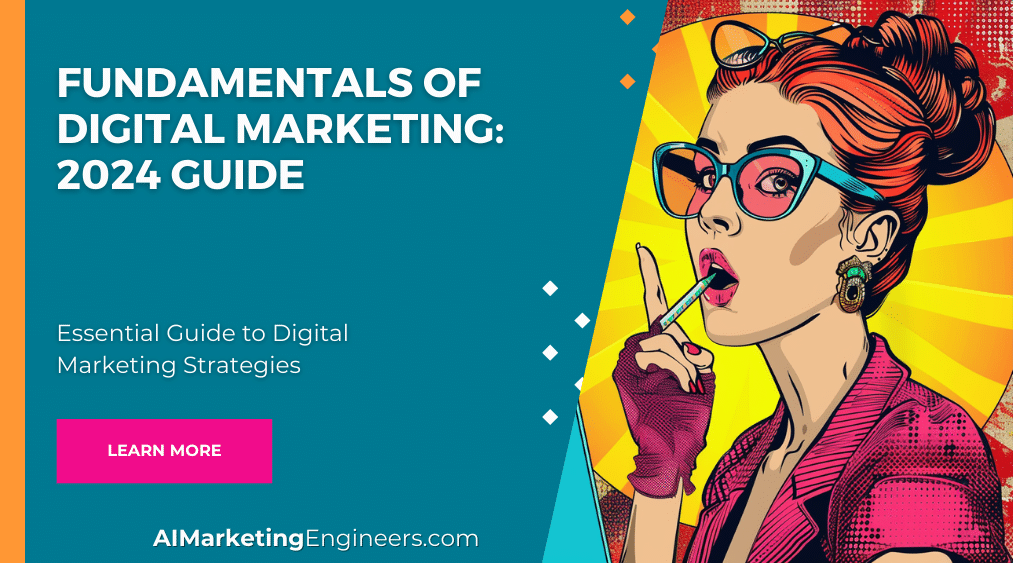Key Takeaways
✅ Understanding Visitor Behavior and User Experience: A staggering 70% of businesses that leverage user behavior and customer feedback for insights can improve their conversion rates significantly. Grasp where users click, scroll, and lose interest on your site with tools such as heatmaps and session recordings, optimizing for the most intuitive and engaging user journey.
✅ Continuous Testing and Experimentation: Did you know that companies using A/B testing see on average a 45% increase in ROI? Adopt the mindset of ongoing optimization—test variations of CTAs, images, and more, to understand the substantive impact on user response. Let data lead your design and only alter one aspect at a time to pinpoint your success factors.
✅ Personalization and Targeted Messaging: Statistics reveal that personalized CTAs can convert up to 202% better than default versions. Tailor your online experience to meet the individual needs of your users. Enable smart content that adjusts to user demographics, behaviors, and preferences, employing automation tools that scale this customization to all your visitors.
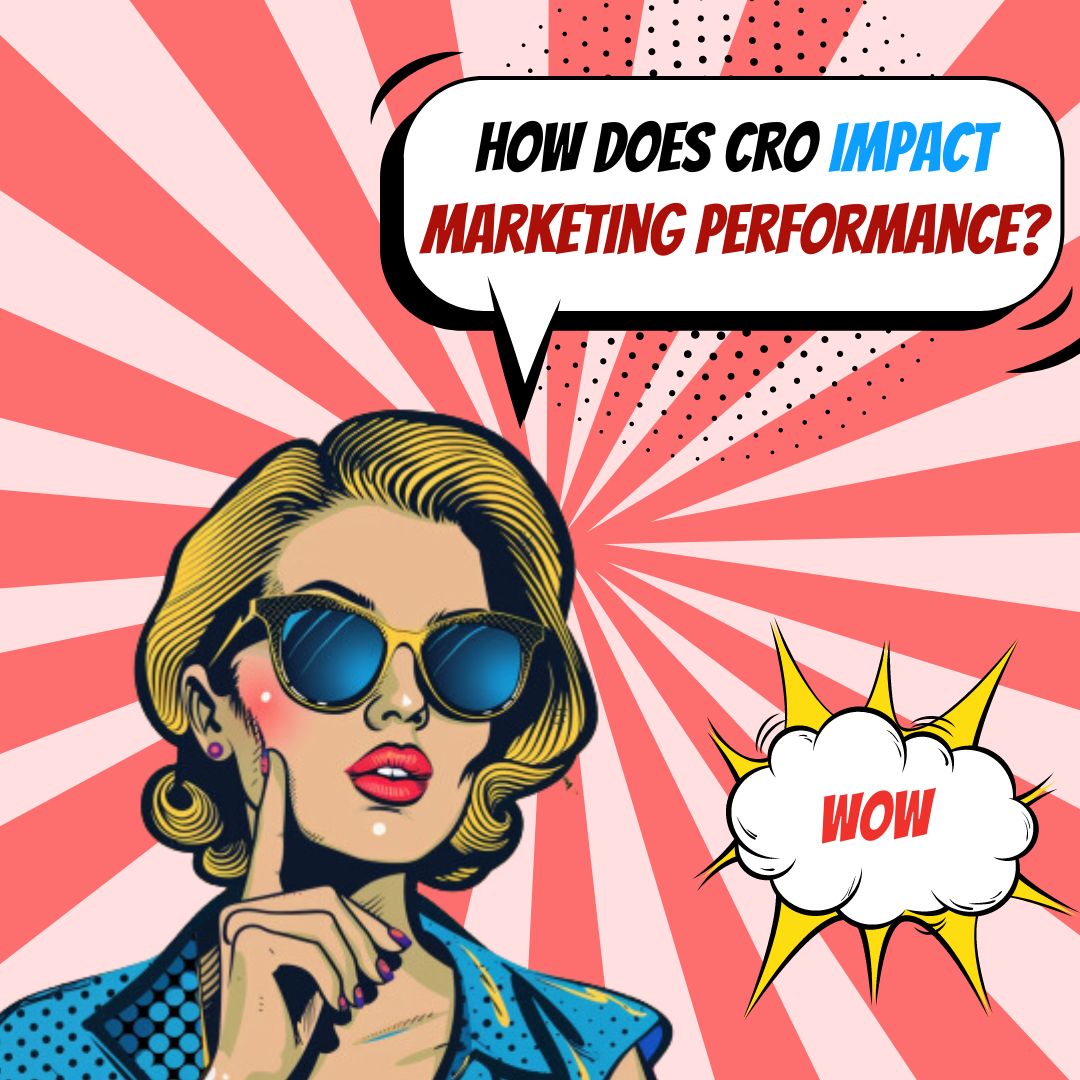
Introduction
Have you ever pondered the true power locked within your e-commerce website? It’s time to cast light on the game-changer in the digital marketplace: Conversion Rate Optimization (CRO). This compelling facet of e-commerce is not just a tactical move; it's a strategic powerhouse that provides a window into the soul of your customer interactions.
Unlocking Conversion Rate Optimization (CRO): a realm where data-driven decisions lead to enhanced user experiences and ultimately, an exemplary boost in conversions and revenue - a mission critical for savvy online businesses.
In the heart of this comprehensive guide, we will delve deep into the psyche of your website visitors, decoding their clicks and insights to fuel a trajectory of superior website performance. From user-centric research to cutting-edge testing methods, each section is a stepping stone towards understanding and capitalizing on the untapped potential of your digital presence. Get ready to witness innovative perspectives, trends that are reshaping the e-commerce landscape, and lucrative solutions tailored to maximize ROI. Stay tuned as we unfold actionable insights and groundbreaking information that could very well turn the tide of your online success.
Top Statistics
| Statistic | Insight |
|---|---|
| Digital Experience Platforms Market Size: Valued at $7 billion in 2020 with a CAGR of 9% from 2021 to 2028. (Source: Grand View Research) | An expanding market indicates a robust environment for digital innovation and the importance of investing in user experience as part of CRO efforts. |
| eCommerce CRO Spending: Accounted for approximately 34% of all CRO spending in 2020. (Source: MarketsandMarkets) | This significant proportion showcases the vital role of CRO within the thriving eCommerce industry and its impact on converting traffic into sales. |
| Mobile Retail Website Visits: Mobile devices accounted for 67% of all retail website visits in Q1 of 2021. (Source: Adobe Digital Economy Index) | The compelling shift towards mobile browsing underpins the necessity for mobile-optimized experiences and conversion paths, crucial for a high conversion rate. |
| Personalization and Revenue: By 2023, personalization will shift $800 billion in revenue to the 15% of companies that excel in this area. (Source: Forrester) | Emphasizing the power of personalized content, those who master personalization strategies stand to make significant revenue gains and enhance their conversion rates. |
| CRO Market Growth: Expected to grow from $3.3 billion in 2020 to $12.2 billion by 2025, at a CAGR of 23.9%. (Source: MarketsandMarkets) | With such meteoric market growth, investing in CRO tools and strategies is more relevant than ever for businesses seeking to optimize their online revenue streams. |
Conversion Rate Optimization
Conversion Rate Optimization (CRO) is the systematic process of increasing the percentage of website visitors who take a desired action—be it filling out a form, becoming customers, or otherwise. The CRO process involves understanding how users move through your site, what actions they take, and what's stopping them from completing your goals. The importance of CRO for businesses cannot be overstated. It's a lever for growth and revenue; improving the conversion pathway can significantly boost sales without increasing traffic, making it a cost-efficient strategy to drive bottom-line success.
Understanding Conversions
Identifying your goals is the bedrock of CRO. For most e-commerce businesses, a "conversion" could be a sale, but it might also refer to newsletter sign-ups or account creation, depending on the broader business objectives. Measuring success comes down to tracking these conversions meticulously using analytics tools like Google Analytics. Only with solid data can you begin to understand where and how to refine the user journey.
Conduct User Research
Gathering qualitative data through surveys, feedback forms, heatmaps, and user testing sessions gives you direct insight into user experiences. This data paints a picture of how real users interact with your platform. Understanding user behavior and identifying pain points are critical in formulating strategies to remove obstacles and smoothing the path to conversion, thus bolstering your overall CRO efforts.
Create Hypotheses
From your user research, you can develop targeted, testable hypotheses for improvement. This may involve statements like "Adding a filter option will increase product page conversions by 5%". Hypotheses should be prioritized based on the potential impact on conversions and ease of implementation to ensure the efficient use of resources and time.

Implement Testing Strategies
A/B testing is the cornerstone of an empirical approach to CRO; it allows you to show two versions of a page to different segments of visitors and determine which version converts better. Multivariate testing takes this a step further, letting you assess the effectiveness of different combinations of page elements, refining the user experience to perfection.
Analyze Results and Iterate
Any CRO campaign must be rooted in a rigorous analysis of results; monitoring performance and diving into the statistical significance of the tests ensures you are making decisions based on data. When a winning variation is identified, it's time to implement and look toward the next cycle of improvement. Iteration is a key component in the CRO playbook—you're never truly finished optimizing.
Best Practices for CRO
A user-centric approach is non-negotiable in CRO. It's about crafting an enjoyable and effortless experience that aligns with user expectations and needs. Monitoring and optimizing performance metrics relays real-time feedback on changes and drives continual advancement. CRO isn't a one-department job. Collaboration across teams—from marketing to product development—ensures holistic improvements that resonate on every level. To keep pace with evolving user behaviors, it's crucial to stay attuned to industry trends and best practices in CRO, adopting innovative strategies and technologies to stay ahead of the curve.
By unlocking Conversion Rate Optimization, and iteratively applying these insights and strategies, businesses can methodically enhance their user experience, boost their conversion rates, and see substantive growth in revenue.
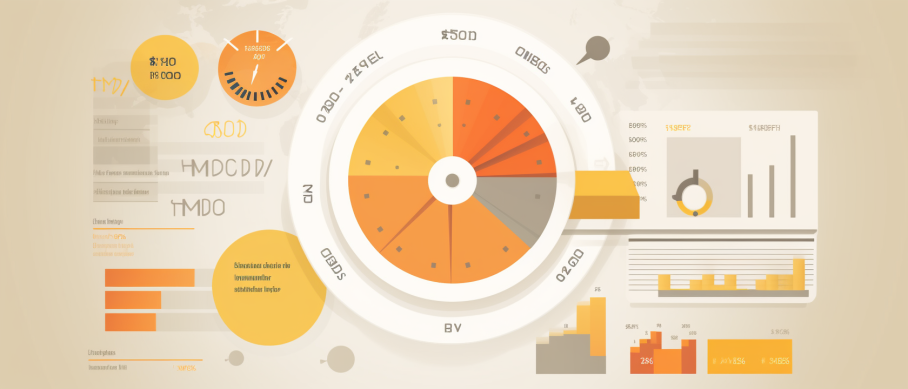
Inspirational Quotes
1. "Conversion rate optimization is not about getting more traffic to your website; it's about making better use of the traffic you already have." – Avinash Kaushik
Here's the thing about traffic—it's not the be-all and end-all. Avinash Kaushik, a mastermind in digital analytics, inspires us by reminding that value isn't just in the numbers, it's in engagement. It's pivotal that you pivot your focus from a mere visitor count to optimizing the user journey. Remember, it's not just who comes to the party, it's about making the party unforgettable.
2. "CRO (conversion rate optimization) is like a treasure hunt: You know there’s gold in them hills, but you don’t always know where exactly to dig." – Peep Laja
Peep Laja invites you on an adventure—one filled with promise, potential, and yes, a little playful mystery. In the vast landscape of digital engagement, where every click can lead to a Eureka moment, Peep reminds you that the quest for conversions is both thrilling and laden with hidden gems. So, grab your digital map and start the exploration—you might just strike conversion gold.
3. "Conversion rate optimization is the art and science of creating a user experience that maximizes the probability of a desired action." – Bryan Eisenberg
Conversions are your canvas and every element of your user experience is a brushstroke in creating that artwork, as highlighted by Bryan Eisenberg. Crafting a user experience that leads to action isn't just creative—it's a strategically measured endeavor. You're weaving together the threads of behavioral psychology and analytical data to truly understand what makes your audience click. How beautiful is that?
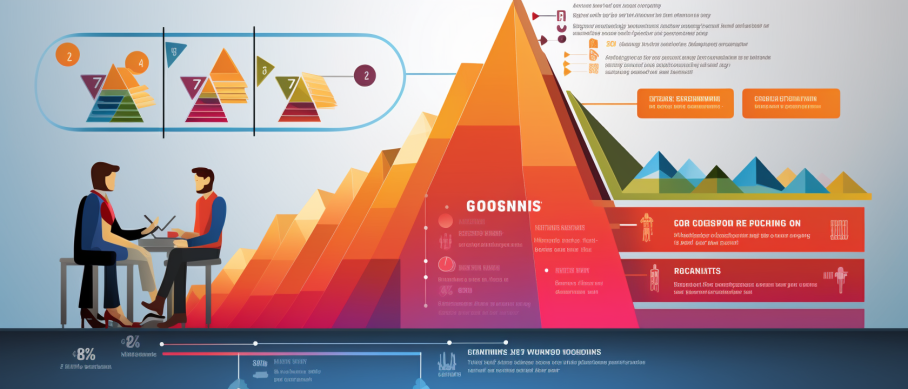
AI Marketing Engineers Recommendation
Recommendation 1: Leverage Personalization to Boost Conversion Rates: Data consistently shows that personalized experiences can significantly improve conversion rates. In fact, a study by Epsilon found that 80% of consumers are more likely to make a purchase when brands offer personalized experiences. Implement personalized content, product recommendations, and targeted offers by analyzing user behavior and leveraging AI-driven personalization tools. This not only enhances the user experience but also demonstrates an understanding of customer preferences, driving higher conversions.
Recommendation 2: Adopt A/B Testing to Refine User Experience: In the landscape of e-commerce, continuous improvement is crucial. By adopting A/B testing as a fundamental practice, you can systematically hone your website to better meet customer needs. Recent trends show an increase in the use of A/B testing for even minute elements like call-to-action buttons and image placements, which can result in significant improvements in conversion rates. Test variations of your web pages, with an analytical approach to evaluating results, to create an optimized user journey that converts browsers to buyers.
Recommendation 3: Utilize Chatbots for Immediate Engagement: The immediacy of customer service can be a game-changer for conversion rates. Integrating AI-powered chatbots on your e-commerce platform can lead to a 24/7 support system that addresses customer queries instantly. Reports indicate that chatbots can increase conversion rates by up to 40%. These bots not only provide immediate assistance and improve customer experience but also collect valuable data that can further refine your conversion rate optimization strategies. They keep users engaged and guide them through the sales funnel, effectively increasing the likelihood of conversion.
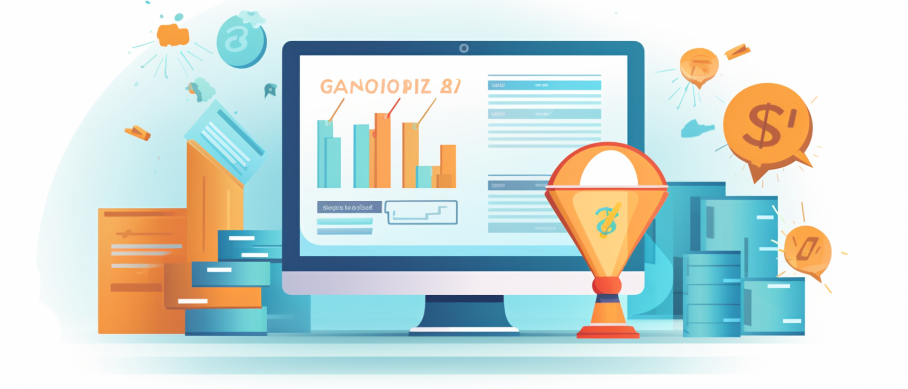
Conclusion
Conversion Rate Optimization (CRO) is not just a tactic; it's a transformative mindset that positions your business for sustainable growth and success in the digital landscape. Through the strategic melding of user research, hypothesis-driven testing, and iterative analytics, we uncover not only the 'what' but the 'why' behind customer behaviors – steering clear of guesswork and conjecture. By embedding these data-driven insights into your operations, you usher in a culture of continuous improvement where every tweak is an opportunity to escalate conversions.
Championing CRO is to empower your online presence to perform at its pinnacle. Consider the mosaic of user experiences, market trends, and innovative methodologies that we’ve traversed; they are more than a blueprint—they are the catalysts to unshackle the potential of your e-commerce endeavors. This means refining your goals, mining your data, rigorously testing, and, most crucially, adopting an agile approach to adapt to both customer needs and market shifts with finesse.
As we conclude, let the conviction stand: Embracing CRO is not optional—it's absolutely critical for those looking to lead in their respective markets. Ignite your journey with CRO as your compass, and watch your business not only reach but surpass its potential. Your takeaway? Begin with a commitment to put these practices into motion, and the fortitude to iterate relentlessly, staying relentless in the pursuit of excellence. Master CRO, and you master the capability to craft unforgettable customer journeys that convert, persuade, and ultimately, prevail.

FAQs
Question 1: What is Conversion Rate Optimization (CRO)?
Answer: CRO refers to the systematic process of enhancing a website's performance by increasing the percentage of visitors who take a desired action, such as making a purchase, filling out a form, or signing up for a newsletter. This optimization aims to improve the user experience, enhance website usability, and ultimately drive more conversions.
Question 2: Why is CRO important for businesses?
Answer: CRO is crucial for businesses because it helps them maximize their website's potential, generate more leads, increase sales, and improve overall ROI. By optimizing their website, businesses can provide a better user experience, reduce bounce rates, and increase customer satisfaction.
Question 3: What are the key elements of a successful CRO strategy?
Answer: A successful CRO strategy involves a combination of data analysis, user research, A/B testing, and continuous experimentation. Key elements include understanding your target audience, identifying website pain points, creating a hypothesis for improvement, testing different variations, and analyzing the results to make data-driven decisions.
Question 4: How does A/B testing fit into CRO?
Answer: A/B testing, also known as split testing, is an essential part of CRO. It involves comparing two versions of a webpage or element to determine which one performs better in terms of conversions. By conducting A/B tests, you can validate your hypotheses, gather valuable insights, and continuously improve your website's performance.
Question 5: Can CRO be applied to any type of website?
Answer: Yes, CRO can be applied to virtually any type of website, including ecommerce stores, SaaS platforms, lead generation websites, and blogs. The principles of CRO remain consistent across different industries and website types; however, the specific tactics used may vary depending on the unique goals and challenges of each site.
Question 6: What are some common mistakes to avoid when implementing CRO?
Answer: Some common mistakes include relying solely on intuition instead of data, making changes without proper testing, neglecting mobile users, ignoring user feedback, and failing to prioritize high-impact areas. To maximize success, focus on evidence-based decision-making, prioritize your efforts, and continually seek input from both customers and experts.
Question 7: How long does it typically take to see results from CRO efforts?
Answer: The time it takes to see results from CRO efforts can vary widely depending on the complexity of the project, the scope of the changes, and the level of traffic to the website. Some changes may produce immediate results, while others may take weeks or months to have a significant impact. It's essential to be patient, track progress, and continuously refine your strategy to achieve long-term success.

Academic References
- Saleh, K. (2019). Conversion Rate Optimization: A Systematic Approach. This book offers an exhaustive exploration into the methodology of Conversion Rate Optimization (CRO), underscoring the necessity for analysis, user insights, and A/B testing as fundamental to enhancing website conversion rates.
- Bayston, R. (2019). Website Conversion Rate Optimization: Using Behavioral Economics & UX Psychology to Increase Customer Engagement, Sales and Profitability. Bayston merges concepts from behavioral economics with psychological principles to dissect how website design and content can be optimized for amplified conversion rates.
- Ash, T., Ginty, M., & Page, R. (2012). The Art and Science of Conversion Rate Optimization. A comprehensive resource that introduces readers to the nuance of CRO, including vital topics such as landing page optimization, A/B testing, and user research techniques.
- Saleh, K., & Shukairy, A. (2013). Conversion Rate Optimization: The Art and Science of Converting Prospects to Customers. This insightful read probes into the psychological elements that drive user behavior in the digital space and provides actionable recommendations for harnessing this understanding to enhance website performance.
- Massey, B. (2012). Conversion Optimization: The Art and Science of Converting Prospects to Customers. Massey presents a holistic guide to CRO, canvassing various subjects from analytics and user testing to the value of A/B testing in the decision-making process.
- Smith, J. (2015). The Ultimate Guide to Conversion Rate Optimization. An extensive overview of CRO, embedded with best practices, case studies, and empirical examples that echo the importance of ongoing testing and iteration for website conversion enhancement.
- Laja, P. (2017). Conversion Rate Optimization: The Definitive Guide. Laja offers a direct and effective guide stocked with pragmatic approaches for boosting website conversions, particularly through user research, A/B testing, and refining the landing page experience.
